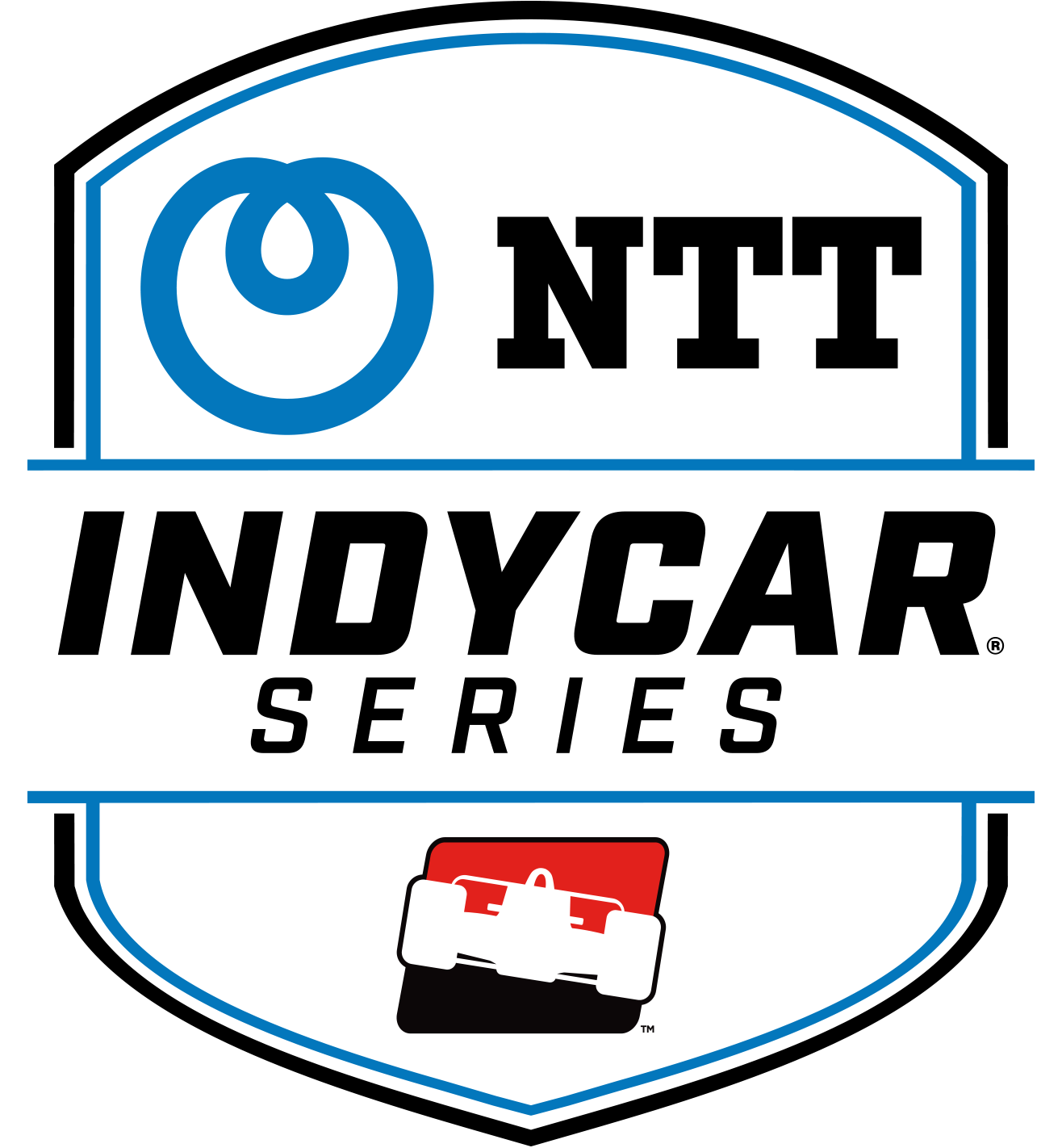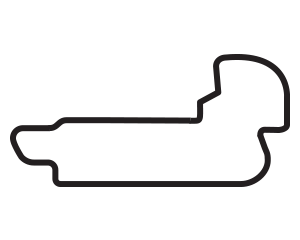Paying Attention to Detail Helps Teams Engineer Virtual Victories
MAY 01, 2020
Race engineers can see things in the most microscopic of detail. During an NTT INDYCAR SERIES race, they collect millions of bits of data and try to make sense of it to set up a winning race car or develop a winning strategy.
“Give an engineer two bricks, and eventually we will figure out which brick we want to keep and which brick you can have back,” Chip Ganassi Racing engineer Michael Cannon said.
That ability to see things in minute detail, or how to properly calculate, formulate and predict what will happen in a race is extremely valuable in live competition. It’s also vital for virtual world, as NTT INDYCAR SERIES drivers and teams have discovered over the last five weeks during the INDYCAR iRacing Challenge.
That series concludes Saturday at the virtual Indianapolis Motor Speedway. The First Responder 175 presented by GMR begins at 2:30 p.m. (ET) Saturday and will be broadcast live on NBCSN.
Team Penske drivers Will Power and Simon Pagenaud were among the first to enlist their race engineers to help in the virtual racing series that started March 28. Power’s race engineer is David Faustino; Pagenaud’s is Ben Bretzman.
Power and Pagenaud have competed in iRacing since its inception 12 years ago and are elite drivers on the computer-based racing platform. But the addition of their race engineers illustrates how serious these drivers take the INDYCAR iRacing Challenge.
“Having Ben around has always been a very important factor in my career,” Pagenaud said. “We’ve been together for 10 years. He is talking to my spotter in iRacing and my strategist. He is doing a great job. We go over the information during the week and do our strategy meeting together before the race and discuss it all.
“It’s kept us in close communication, which we need so that we don’t rust during this time before we go back to real racing. We feel sharp. We feel like we’ve been racing. It’s fun to compete against the same guys as usual and beat them.”
In addition to giving Pagenaud key information during the iRacing Challenge, Bretzman has added a new twist to give fans extra information on Pagenaud’s Facebook Live and YouTube channels. Bretzman broadcasts the race on Pagenaud’s feeds while answering questions from the fans to help explain why a strategic move was made and how it plays out over the course of the race.
“Calling race strategy isn’t simple, but if you have done it before, and if the driver is performing the way he is supposed to, the race runs itself,” Bretzman said. “You know what the plan is. It allows me the time to interact with our fans and explain what is going on. We can’t do that in a real race.
“This is a good opportunity because there is not as much data coming in. I think they do a good job with that on NBC trying to explain things. I go into more detail about why a decision is made, and you can see it play out. It happens on a broadcast, and people can see why a decision is made and how it happens.
“From a strategy side, it has opened your eyes up a little bit and how we would want to treat a competition yellow on a road course. It has kept us real fresh and open to a lot of different strategy scenarios.”
The NTT INDYCAR SERIES showcases competition at its highest level. Once rival teams saw how well Team Penske was performing in the iRacing Challenge, they decided to get their engineering staff involved.
Enter Chip Ganassi Racing, which has its entire engineering department working with team drivers Scott Dixon, Felix Rosenqvist and Marcus Ericsson.
The full CGR engineering effort began three races into the series at virtual Michigan. The following week, Dixon’s performance improved dramatically as he finished second to Pagenaud at Twin Ring Motegi.
Last week at Circuit of The Americas, Rosenqvist finished third and Ericsson eighth.
“We knew full well what Penske had done for Barber,” Cannon said. “We got together at Chip Ganassi Racing and said we want to participate in this. We want to represent Chip and the sponsors well, so we are going to take this very, very seriously. That is what we did. We scheduled practice sessions for certain times. The guys are working on a variety of things going into the race. We are analyzing the data that comes off the game.
“On the 9 car (Dixon), it’s not just me, it’s all of guys that engineer that car, as well as some other support people. All of our engineers are engaged in this in one way or another.”
The collective effort has paid positive results at CGR. It has also helped Cannon develop chemistry with the engineering staff and drivers in 2020 after he moved over from Dale Coyne Racing.
“Any time we spend together is good,” Cannon said. “Scott has been in INDYCAR as long as I have. He has a tremendous group at Ganassi that are very, very capable. It won’t be a matter of any magic chemistry; it will be me doing my job well for him.
“If you talk to any of the engineers up and down the virtual pit lane, we would love to have open setups on these cars so we can actually twist a few knobs and find speed in them. But we are realistic enough to know if they allowed that, we would be up 24/7. That is the nature of this industry. In some ways, you are handcuffed, but we are working on the communication.
“Everybody has input. We look at a variety of different things and try to compartmentalize a few things. Everybody in the engineering group that you would see at the racetrack is involved in some way, shape or form.”
The six-race INDYCAR iRacing Challenge has given race fans a chance to connect with their favorite drivers during an unexpected shutdown to the season. It has also been beneficial from a team standpoint.
“It’s a nice diversion,” Cannon said. “You feel like you are doing something important. I’m new to the group, and it’s a chance to get to know their individual strengths and get the competitive juices flowing.”



















